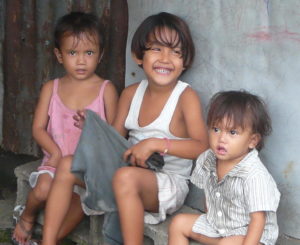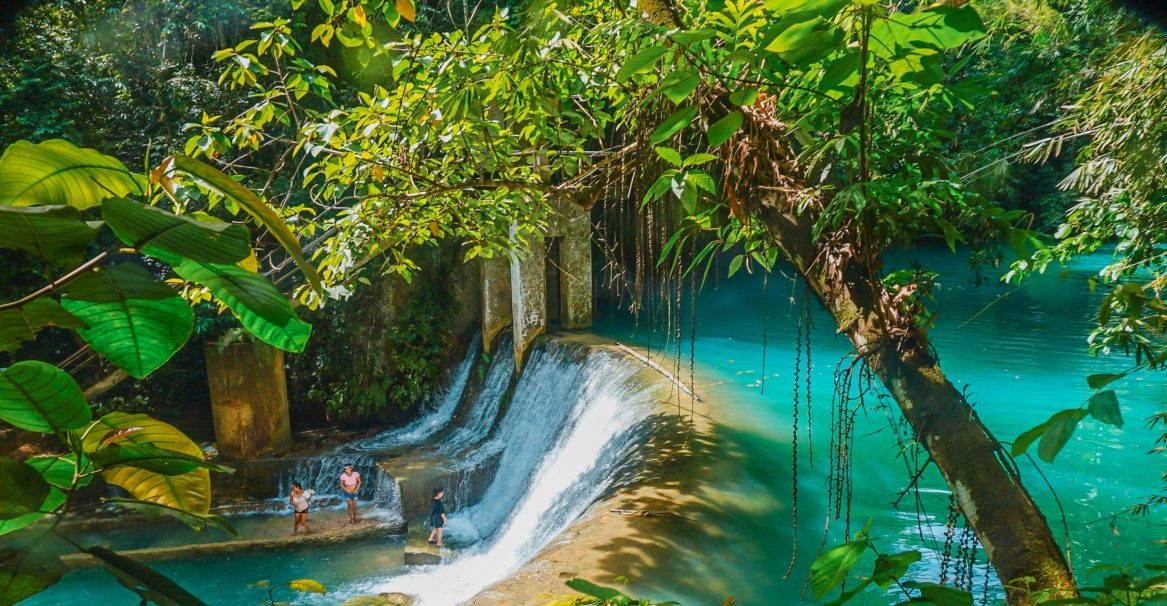In 2017, the Philippines was among the top three growth performers in the Southeast Asia region. However, there are also environmental concerns besetting the country as it pursues further economic development. Despite these challenges, the Philippine Development Plan highlights that “individuals and communities will be made more resilient by reducing their exposure to risks, mitigating the impact of risks, and accelerating recovery when the risk materializes.” Pure Earth’s work in the Philippines is very much aligned with this. Since 2008, Pure Earth has been focused on a combination of pollution identification and abatement in order to protect vulnerable populations.
The Toxic Sites Identification Program (TSIP) is Pure Earth’s flagship program. Pure Earth Philippines has entered around 250 sites into the database. These are resulting from targeted and investigative assessments. From the targeted assessments, Pure Earth was able to conduct exposure mitigation work in a lead contaminated site, protecting families especially children otherwise threatened by lead. From the more recent investigative site assessments, Pure Earth has succeeded in blanketing cities testing the grounds for heavy metal contamination, the resulting data of which are now being integrated in local government policies and programs i.e. land use and development, disaster risk reduction and management, climate change mitigation and adaptation, environmental codes and waste management plans.

In addition to TSIP, Pure Earth Philippines’ programming includes a mix of environmental health projects and initiatives. These include the following: forming a water quality management area board; sampling and analyzing river water, sediment, and biota for heavy metals; pilot testing pollution control technologies for tannery, gold smelting and fish farming industries; developing a river water and sediment quality monitoring database; spearheading volunteer activities like river and coastal clean-ups, plogging, tree planting in watersheds, and mangrove nursery establishment; conducting information, education and communication (IEC) campaigns in schools, trainings for government stakeholders in the areas of strategic planning, policy development, environmental law enforcement, assessing used lead acid battery (ULAB) recycling facilities, initial site assessment of toxic sites, water quality monitoring, GIS mapping and database utilization; blood lead level testing; and conducting medical surveillance among others.
Pure Earth has also presented findings at high level meetings, in an attempt to get pollution included in national priorities. The latest effort towards this end was the Health and Pollution Action Planning (HPAP) in the country, the resulting plan being a supplement to the already existing Philippines National Environmental Action Plan (NEHAP).
Given these significant strides, Pure Earth Philippines continues to trailblaze the fight against life-threatening pollution. In 2021, it is embarking on the first ever inclusion of blood lead level (BLL) testing in the National Nutrition Survey. This effort is just the beginning and thus, Pure Earth continues to seek and welcome partners with the aim of understanding the status of lead poisoning in children in the country in order to make headway into exposure source identification, intervention development and implementation across concerned sectors.

